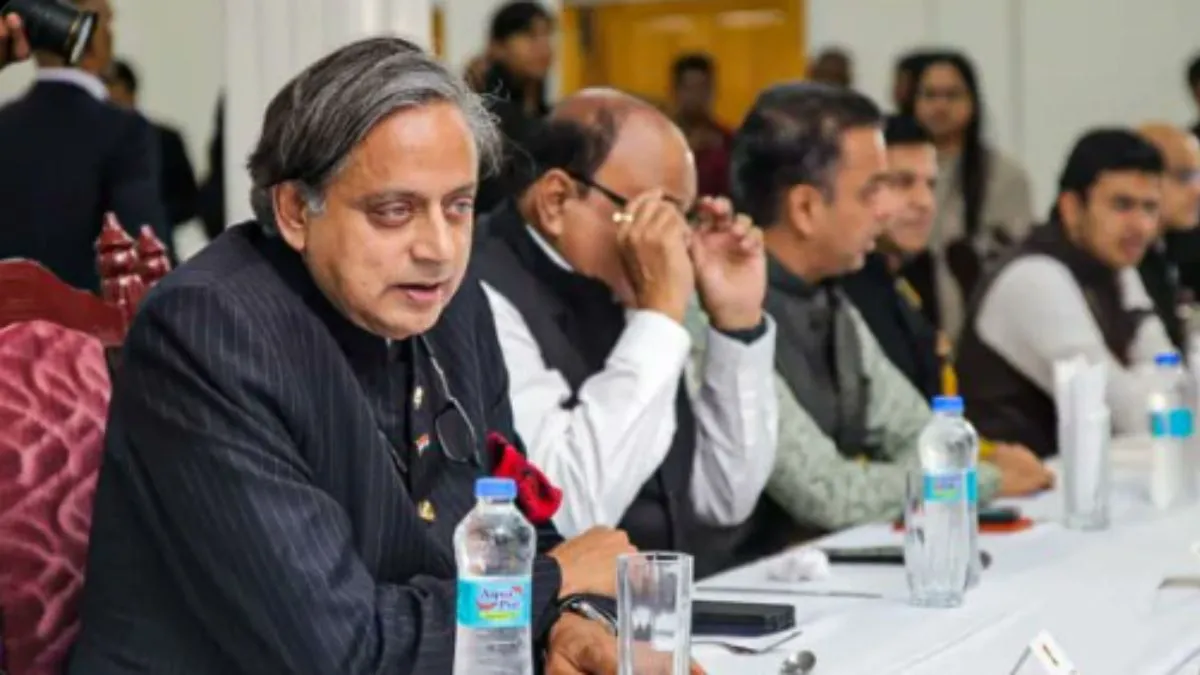The recent confrontation with Pakistan highlights a significant change in national defense doctrine, which is reflected in India’s rapid acceptance of drones as a key element of its military strategy.
Nine militant camps in Pakistan and Pakistan-occupied Kashmir were destroyed by Indian forces during Operation Sindoor using a mix of domestic and foreign drones, such as the Harop, SkyStriker, and ALS-50 models.
A terror assault in Pahalgam sparked this cross-border drone deployment, which was a watershed in South Asia’s perception of the value of unmanned aircraft systems (UAS) in contemporary combat.
While India waits for the development and introduction of its own fifth-generation fighter jets, particularly the Advanced Medium Combat Aircraft (AMCA), which is not anticipated to see a prototype before 2028–2029 and is intended for full induction by 2034, drones are now a financially viable temporary alternative.
Although they are susceptible to electronic warfare techniques like jamming, drones are more quickly manufactured, considerably less expensive (costing between 10 million and 100 million rupees as opposed to the AMCA’s 150 billion rupees), and versatile for surveillance, precision strikes, and swarming tactics than sophisticated fighters with their multirole versatility and payload.
Both sides used drones for the first time in the recent India-Pakistan battle, with India effectively thwarting Pakistani drone invasions with its S-400 air defense systems, which were manufactured in Russia. Following these encounters, Indian military officials, such as Chief of Defence Staff General Anil Chauhan, have made it clear how urgent it is to update weapons and incorporate cutting-edge technologies like drones.
In order to improve military capabilities and spark a larger ecosystem of dual-use civilian and military drone technology, the strategic emphasis has turned toward increasing domestic drone manufacturing and deployment.
In order to facilitate this shift, India has implemented legal changes such as the Drone Rules 2021 and started the Drone Shakti Mission in 2022, which encourages start-ups and public-private partnerships to develop domestic drone technology.
Israeli systems like the Heron and Searcher, locally built platforms like the Nagastra-1, and an impending fleet of MQ-9B Predator drones manufactured in the United States are already part of India’s drone fleet; delivery are anticipated between 2029 and 2030. One of the several UAVs that TATA Advanced System has created is the Rakshak, a completely autonomous Vertical Takeoff and Landing (VTOL) UAV.
India is also leading the way in swarm drone tactics, which use large numbers of tiny drones to overwhelm and perhaps overwhelm enemy air defenses. As a sign of the growing importance of unmanned systems in national security strategy, the Border Security Force (BSF) is forming its first drone squadron for the Pakistani border.
Notwithstanding these developments, the drone sector in India is still largely reliant on imported parts; between 60 and 70 percent of vital components, such as batteries, sensors, and flight controllers, come mostly from China, highlighting vulnerabilities brought on by geopolitical unrest.
In addition to building stronger domestic testing facilities and a more robust domestic supply chain, addressing these problems calls for collaborations with nations like Australia to source rare earth elements that are essential to the production of drones.
Empowering and integrating MSMEs and start-ups into the defense industry present additional difficulties, as many new businesses fail to last longer than five years because of structural limitations.
India’s eager adoption of drones is a result of pressing security requirements, budgetary constraints, and important lessons learned during the most recent conflict. Drones are important to India’s changing military strategy because of their lower costs, adaptability, and quick development cycles, even though they cannot yet fully replace the multirole power of next-generation fighter jets.
In the upcoming ten years, India’s defense capabilities are anticipated to undergo a significant transformation due to the ongoing drive to indigenize and expand the drone ecosystem, which is aided by targeted investment, regulatory incentives, and international cooperation for component supply.


